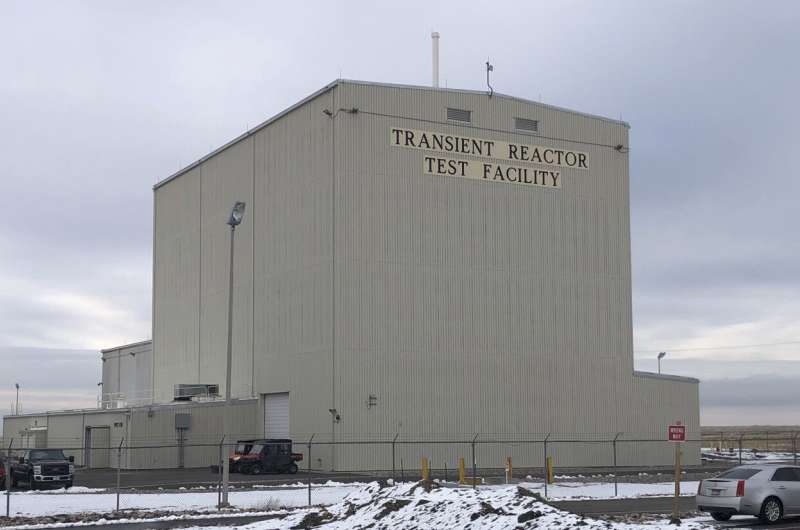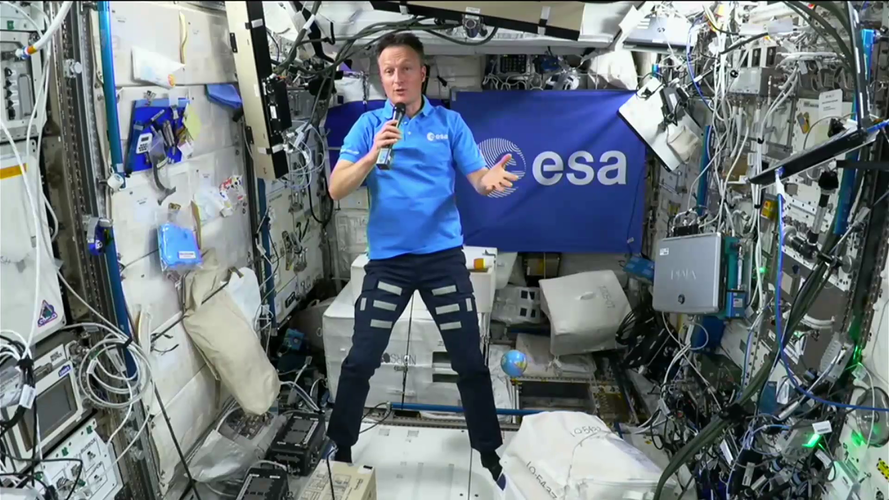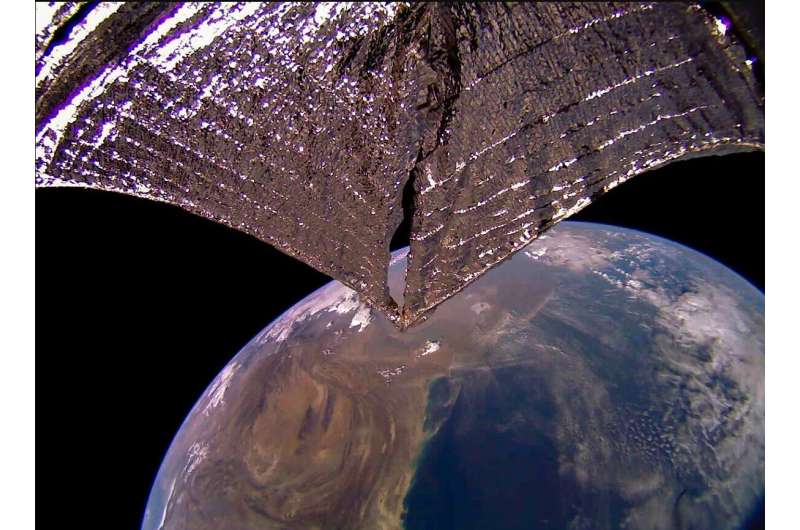
Copernical Team
Optus Selects Launch Partner for Next Gen Satellite
 Optus, Australia's largest and most experienced satellite owner and operator, has selected Arianespace to provide launch services for Optus 11, the replacement for its D1 Satellite.
The replacement of D1 is planned for 2023 and will see Optus' next generation satellite, Optus 11, launch into orbit. This next generation satellite, the Asia-Pacific region's first software-defined high throug
Optus, Australia's largest and most experienced satellite owner and operator, has selected Arianespace to provide launch services for Optus 11, the replacement for its D1 Satellite.
The replacement of D1 is planned for 2023 and will see Optus' next generation satellite, Optus 11, launch into orbit. This next generation satellite, the Asia-Pacific region's first software-defined high throug US still characterizing damage of satellite struck in Russian missile test
 The United States is still characterising the damage from an anti-satellite missile test allegedly conducted by Russia earlier this week, US Space Command Deputy Commander John Shaw said on Wednesday.
"We are still characterising this event. We expect the debris will grow over time," Shaw said.
The Deputy Commander explained that the debris will become a threat that will eventually h
The United States is still characterising the damage from an anti-satellite missile test allegedly conducted by Russia earlier this week, US Space Command Deputy Commander John Shaw said on Wednesday.
"We are still characterising this event. We expect the debris will grow over time," Shaw said.
The Deputy Commander explained that the debris will become a threat that will eventually h Pentagon 2IC reveals what US knows about China's Hypersonic Glide Vehicle
 Last month, the Financial Times reported that China carried out two hypersonic weapons tests of a new "fractional orbital bombardment" system this past summer involving a hypersonic glide vehicle which America "does not currently possess." Beijing maintains the testing involved a "routine" trial of reusable space rocket technology.
Pentagon second-in-command Gen. John Hyten, vice chairman
Last month, the Financial Times reported that China carried out two hypersonic weapons tests of a new "fractional orbital bombardment" system this past summer involving a hypersonic glide vehicle which America "does not currently possess." Beijing maintains the testing involved a "routine" trial of reusable space rocket technology.
Pentagon second-in-command Gen. John Hyten, vice chairman Bolt research effort cultivates collaboration, hypersonic workforce
 A team of scientists at Johns Hopkins Applied Physics Laboratory, supported by the Air Force Research Laboratory's Air Force Office of Scientific Research (AFRL/AFOSR), currently leads a collaborative research and experimentation effort that could aid development of hypersonic systems.
"[Hypersonics] capability is so important [to] DOD's need to deter and defeat the U.S.'s great-power comp
A team of scientists at Johns Hopkins Applied Physics Laboratory, supported by the Air Force Research Laboratory's Air Force Office of Scientific Research (AFRL/AFOSR), currently leads a collaborative research and experimentation effort that could aid development of hypersonic systems.
"[Hypersonics] capability is so important [to] DOD's need to deter and defeat the U.S.'s great-power comp Planetary defenders: after NASA's DART comes ESA's Hera
 The world will be watching the milestone launch of NASA's Double Asteroid Redirection Test, DART, spacecraft on Wednesday, 24 November, intended to alter one small part of the Solar System forever.
DART will collide with the small moon of an asteroid in order to shift its orbit around its parent body - to test the concept of diverting threatening objects away from Earth.
ESA will pro
The world will be watching the milestone launch of NASA's Double Asteroid Redirection Test, DART, spacecraft on Wednesday, 24 November, intended to alter one small part of the Solar System forever.
DART will collide with the small moon of an asteroid in order to shift its orbit around its parent body - to test the concept of diverting threatening objects away from Earth.
ESA will pro NASA seeks ideas for a nuclear reactor on the moon

IMM21: inflight call with ESA astronaut Matthias Maurer
 Video:
00:14:30
Video:
00:14:30
ESA astronaut Matthias Maurer talks to ESA ministers in charge of space from the International Space Station.
Japanese space tourists arrive at launch site ahead of ISS trip

Japanese billionaire Yusaku Maezawa arrived at the Baikonur cosmodrome in Kazakhstan on Friday for training ahead of his flight to the International Space Station on a Russian-operated spacecraft.
Maezawa's mission—set for departure on December 8—will be the first to take space tourists to the ISS in over a decade.
The 45-year-old tycoon is the founder of Japan's largest online fashion mall and the country's 30th richest man, according to Forbes.
He will travel to the ISS for a 12-day mission with his assistant Yozo Hirano where Maezawa plans to document his journey for his YouTube channel.
They will travel to the orbital station in a Soyuz MS-20 spacecraft with Russian cosmonaut Alexander Misurkin.
The trio arrived at the Russia-leased cosmodrome on Friday "to complete pre-launch training", said Russia's space agency Roscosmos which has organised the flight together with US company Space Adventures.
Maezawa will be the first space tourist to travel to the ISS with Roscosmos since Canadian Guy Laliberte, co-founder of Cirque du Soleil, in 2009.
Maezawa's mission rounds off a year that has seen several space journeys completed by non-professional astronauts and more players emerging in the market.
LightSail 2 has been flying for 30 months now, paving the way for future solar sail missions

Decisions from the Intermediate Ministerial Meeting 2021
Press Release N° 39–2021
Government ministers in charge of space activities in ESA’s Member States today met at an Intermediate Ministerial Meeting held in Matosinhos, Portugal.
The Council of Ministers unanimously adopted a Resolution to accelerate the use of space in Europe (the “Matosinhos manifesto”) to tackle the urgent and unprecedented societal, economic and security challenges faced by Europe and its citizens.
